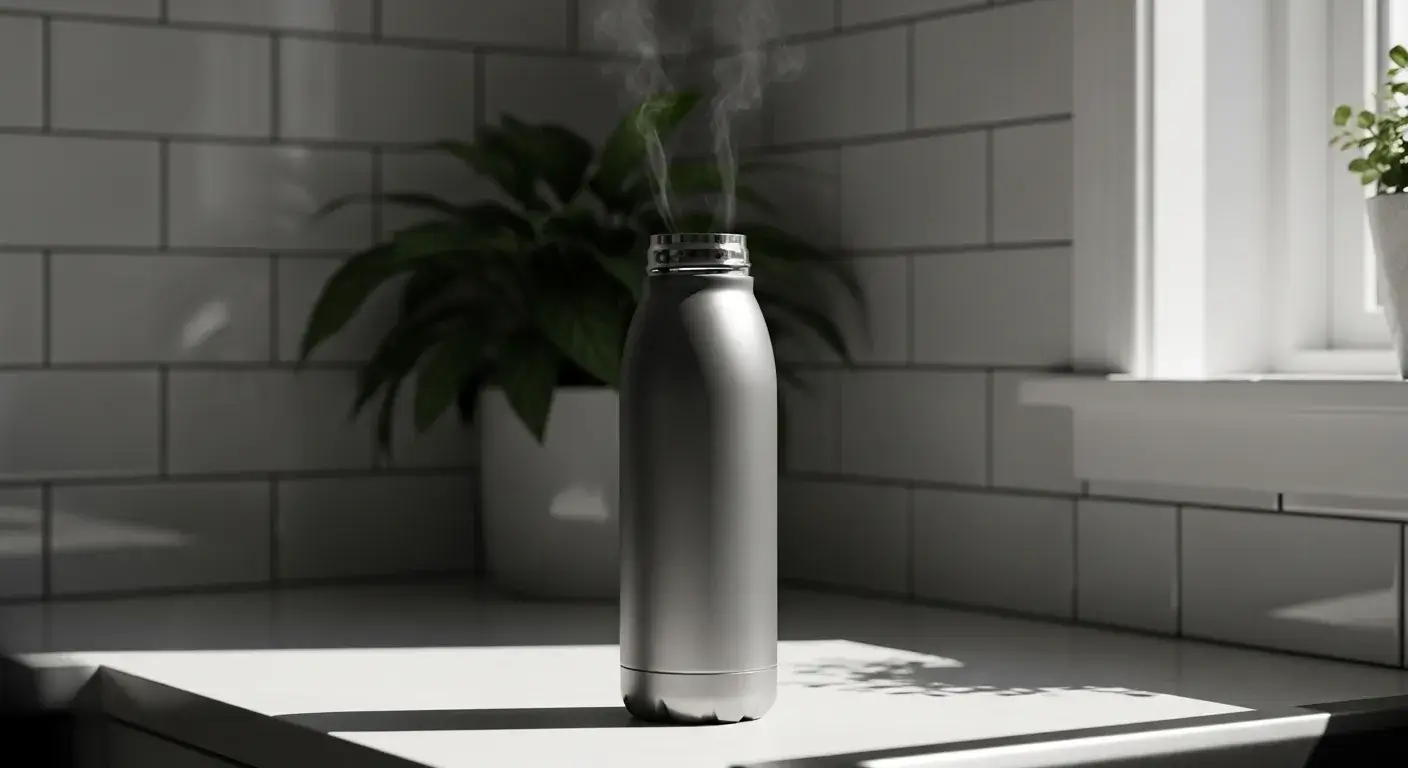
That strange chemical smell in your new water bottle can be off-putting. Here’s how to get rid of it safely and effectively.
The chemical odor in new bottles often comes from residual manufacturing chemicals or plasticizers and can usually be removed with proper cleaning.
Read on for safe, effective, and natural ways to keep your bottle fresh from day one.
Why does my new water bottle have a chemical smell?
It’s normal—but annoying—when new bottles smell strange.
Plastic bottles often retain residues from manufacturing or packaging, causing chemical odors that fade with proper cleaning.

Causes of Odor
- Plasticizers and residues from production.
- Sealed packaging trapping chemical fumes.
- Porous materials like polyethylene that absorb smells.
Stainless steel and glass bottles rarely have lingering smells, while plastics may need extra cleaning.
What are the safest and most effective methods to remove chemical odors from water bottles?
Forget harsh chemicals—natural cleaning works best.
Soaking bottles with baking soda, vinegar, or lemon juice safely removes chemical odors without leaving harmful residues.
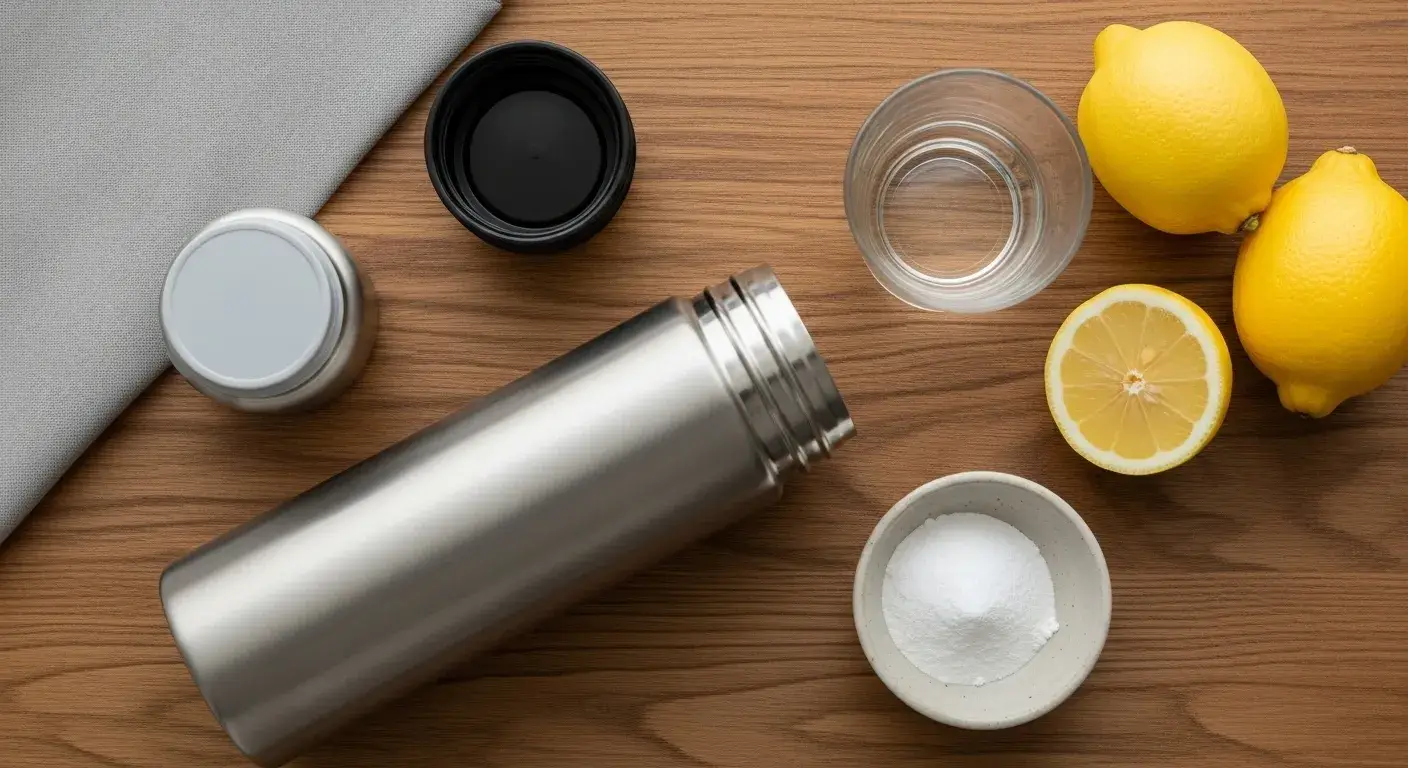
Cleaning Methods Comparison
| Method | Time Needed | Safe For |
|---|---|---|
| Baking soda + water soak | Overnight | All bottle types |
| White vinegar soak | Overnight | Stainless, plastic |
| Lemon juice + water soak | 1–2 hours | Stainless, glass |
| Dish soap + hot water scrub | 5–10 minutes | All bottles |
| Denture tablet soak | 2–6 hours | Stainless, plastic |
| Bleach + baking soda soak | Overnight | Some plastics only |
Always rinse thoroughly and air-dry with the cap off after cleaning.
How does the material of my water bottle affect odor retention and removal?
Not all bottles are created equal.
Plastic bottles absorb odors more than stainless steel or glass, which are less porous and easier to clean.
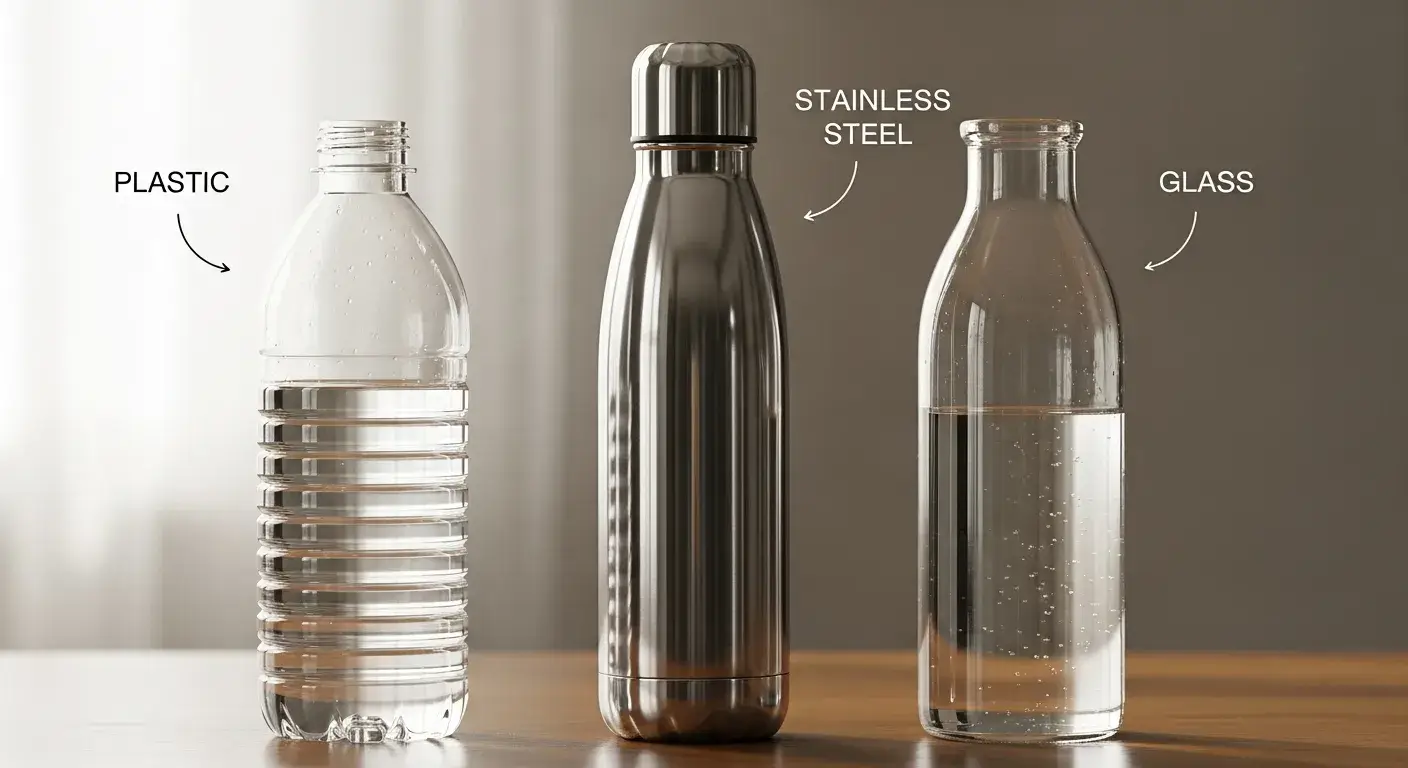
Odor Risk by Material
- High: Polyethylene, polypropylene plastics.
- Medium: Aluminum with inner coatings.
- Low: Stainless steel, glass.
Material affects both how quickly odors form and how easily they go away.
Can natural remedies like baking soda or vinegar completely eliminate chemical smells?
Yes—with time and patience.
Baking soda neutralizes smells, while vinegar kills odor-causing bacteria naturally. Used properly, both work well.
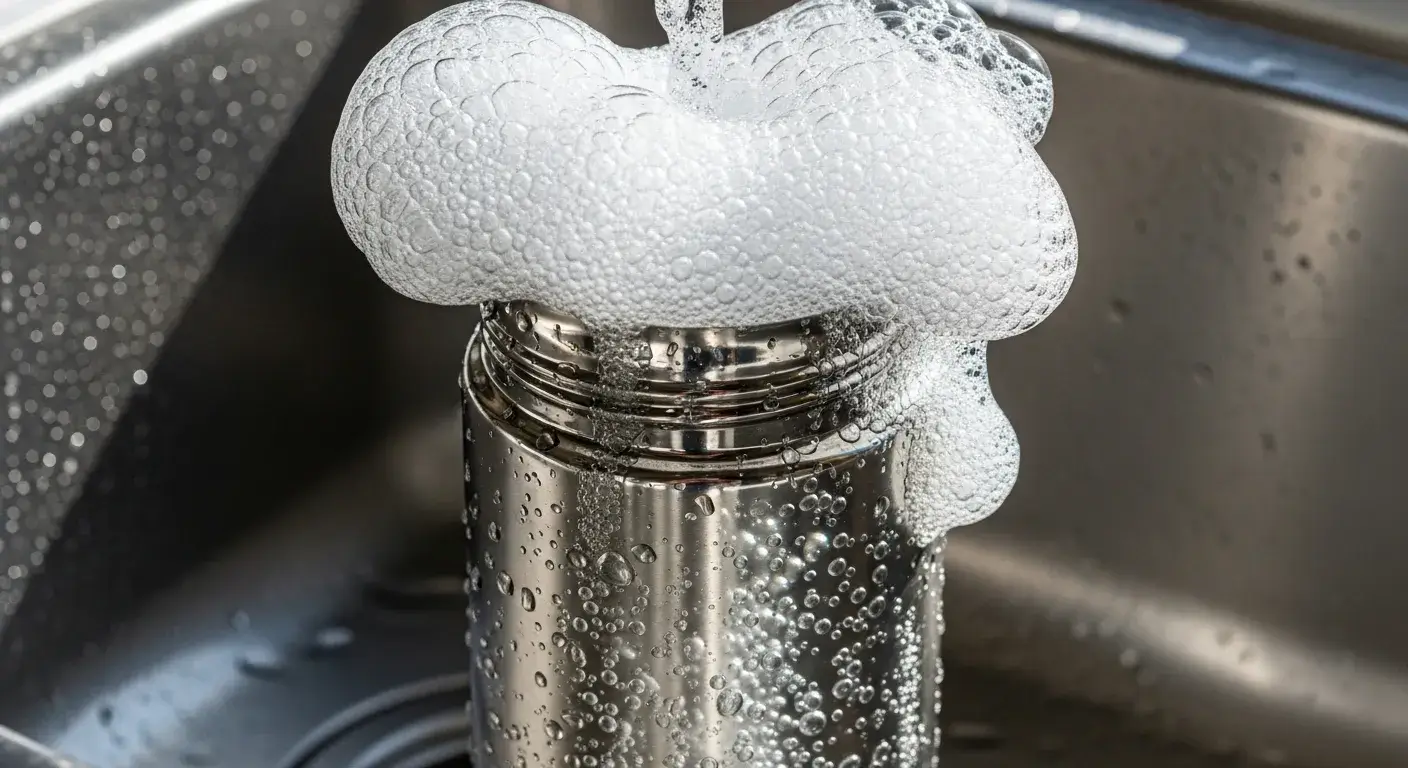
Natural Odor Fighters
- Baking Soda: Mix 1–2 tablespoons with water, soak overnight.
- Vinegar: Use full-strength or diluted, soak overnight.
- Lemon Juice: Pleasant scent, use in combination with other methods.
Repeat the process if the smell persists after one cleaning.
Are there any risks associated with using bleach or hydrogen peroxide to clean water bottles?
Yes—be careful.
Bleach and hydrogen peroxide can remove odors but must be used correctly to avoid health risks.
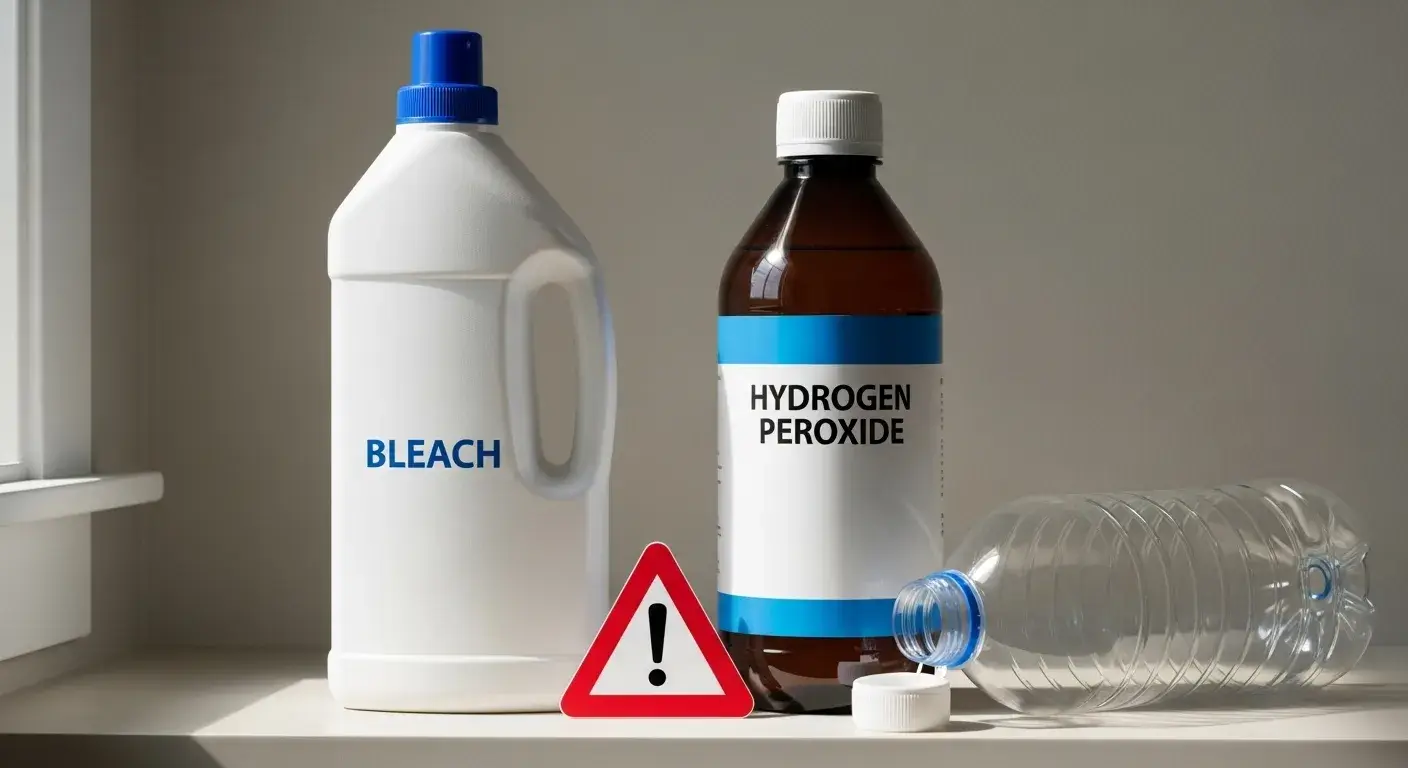
Safety Guidelines
- Bleach: Use 1 tsp per bottle filled with water; rinse thoroughly.
- Hydrogen Peroxide: Use 3% diluted solution; safe but still needs rinsing.
- Never mix bleach with vinegar or any other cleaner.
Always follow manufacturer cleaning instructions for safety.
How often should I clean my water bottle to prevent odors from developing?
Daily cleaning prevents buildup and odors.
Rinse your bottle after every use and do a deep clean once a week to keep it odor-free.

Weekly Cleaning Routine
- Rinse with warm water daily.
- Deep clean weekly using baking soda or vinegar.
- Air-dry completely with the cap off to prevent moisture buildup.
Moisture plus time equals bad smells—keep it dry.
What cleaning methods are not recommended for certain water bottle materials?
Some cleaning agents do more harm than good.
Bleach and harsh chemicals can damage coatings, and dishwashers may warp plastic parts.
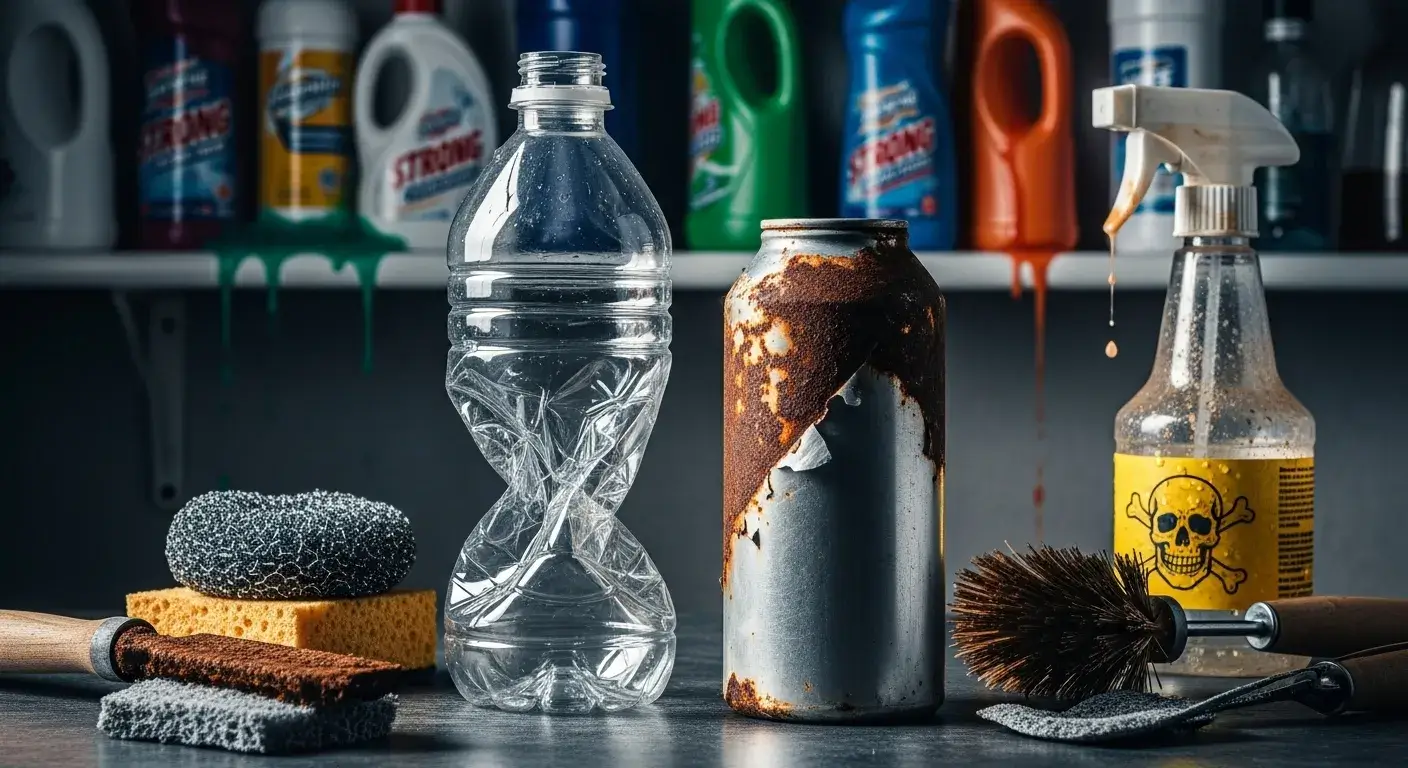
Avoid These Mistakes
- Plastic: Avoid boiling water and undiluted lemon juice.
- Aluminum: Don’t use bleach or acidic cleaners.
- Painted bottles: Avoid abrasive scrubbers.
Check care labels before trying a new cleaning method.
How can I prevent my water bottle from developing unpleasant smells in the future?
Prevention is easier than odor removal.
Clean regularly, let it dry fully, and avoid sealing wet bottles.
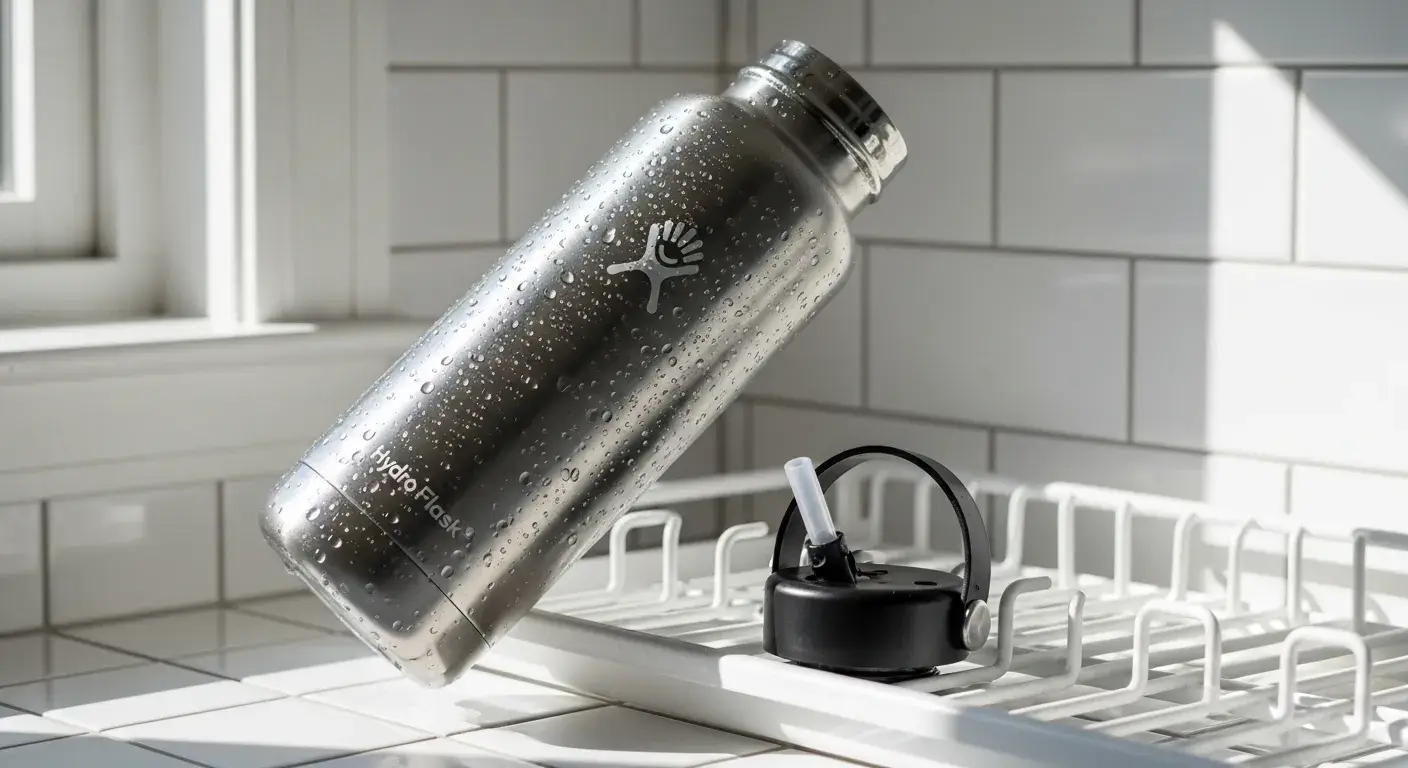
Prevention Checklist
- Rinse after each use.
- Leave the cap off when drying.
- Avoid leaving juice or protein shakes inside overnight.
- Store empty bottles open in a dry space.
Simple habits go a long way toward keeping bottles fresh.
When should I consider replacing a water bottle due to persistent odors?
Sometimes it’s time to say goodbye.
If odors remain after deep cleaning and the bottle shows signs of wear, replacement is the safest choice.
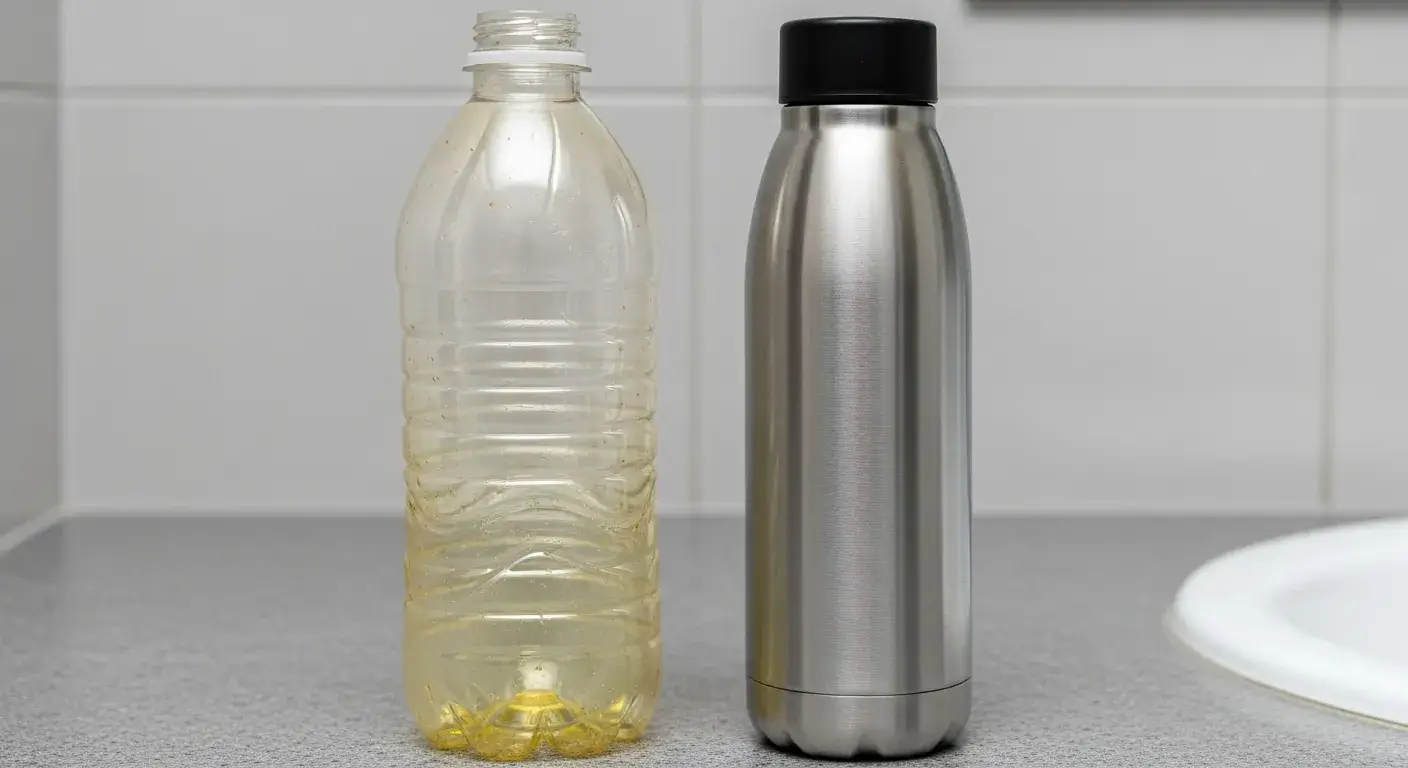
Time to Replace If…
- Odor lingers after multiple cleanings.
- Bottle is scratched or discolored inside.
- Cap or seals are cracked or moldy.
Old bottles may harbor bacteria or leach chemicals—don’t take the risk.
Are there specific brands or materials less prone to chemical smells?
Yes—choose wisely.
Stainless steel and glass bottles from trusted brands are less likely to smell and easier to clean.
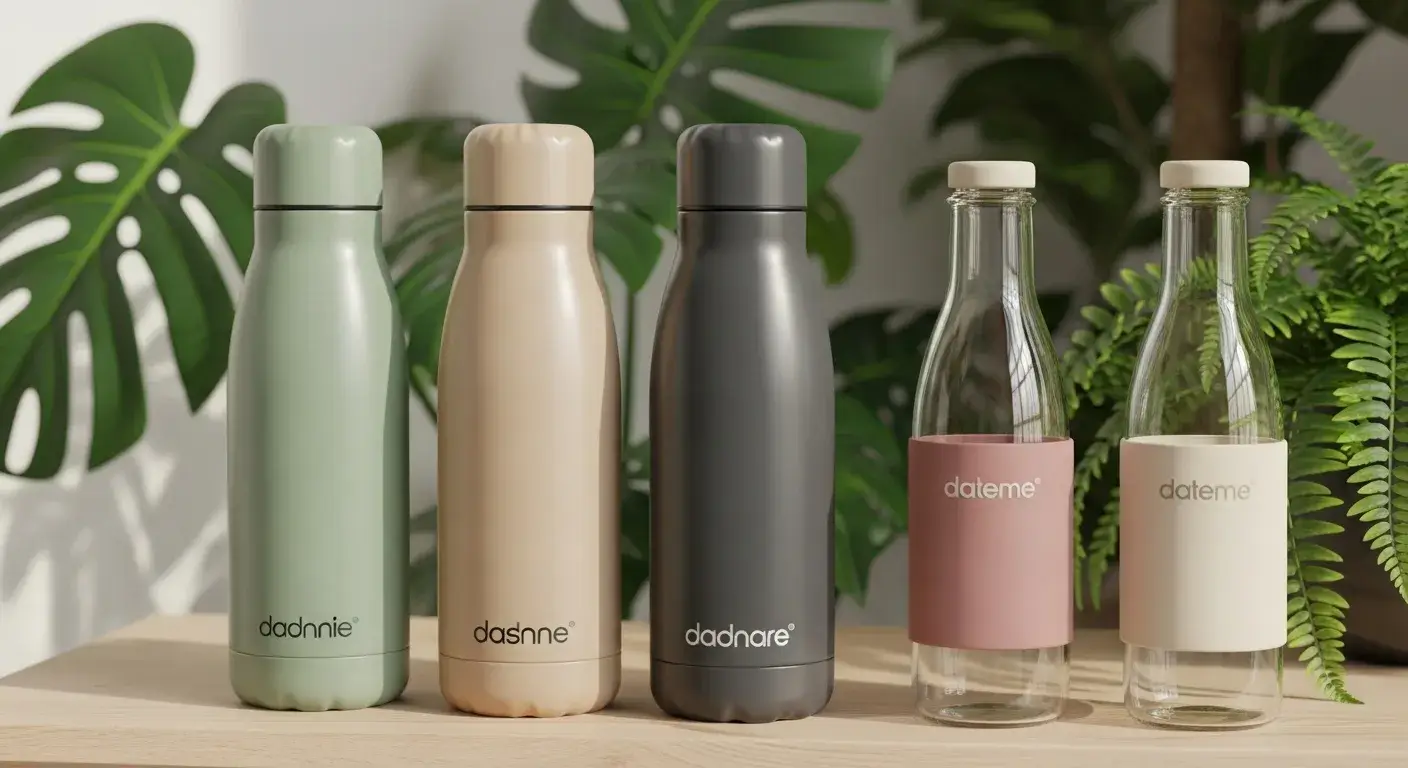
Better Choices for Freshness
- Stainless Steel: Durable, non-porous, long-lasting.
- Glass: Taste-neutral and odor-free.
- Reputable Brands: Use higher-quality, BPA-free materials.
Choose bottles designed for safety and easy cleaning.
Conclusion
A chemical smell doesn’t have to ruin your bottle—clean smart, choose better materials, and keep it fresh with regular care.
FAQs
Can I put my smelly bottle in the dishwasher?
Only if the label says it’s dishwasher-safe. Not all plastics or paints can handle heat.
Will lemon juice stain or damage my bottle?
Not likely, but don’t soak plastic or aluminum bottles for long.
Why does my bottle still smell after one cleaning?
Persistent odors may need repeated soaks or stronger cleaners like hydrogen peroxide.
Are metal bottles always better than plastic?
For odor resistance, yes. They’re also more durable and usually safer.
Can I use baking soda and vinegar together?
They react and neutralize each other. Use separately for best results.

